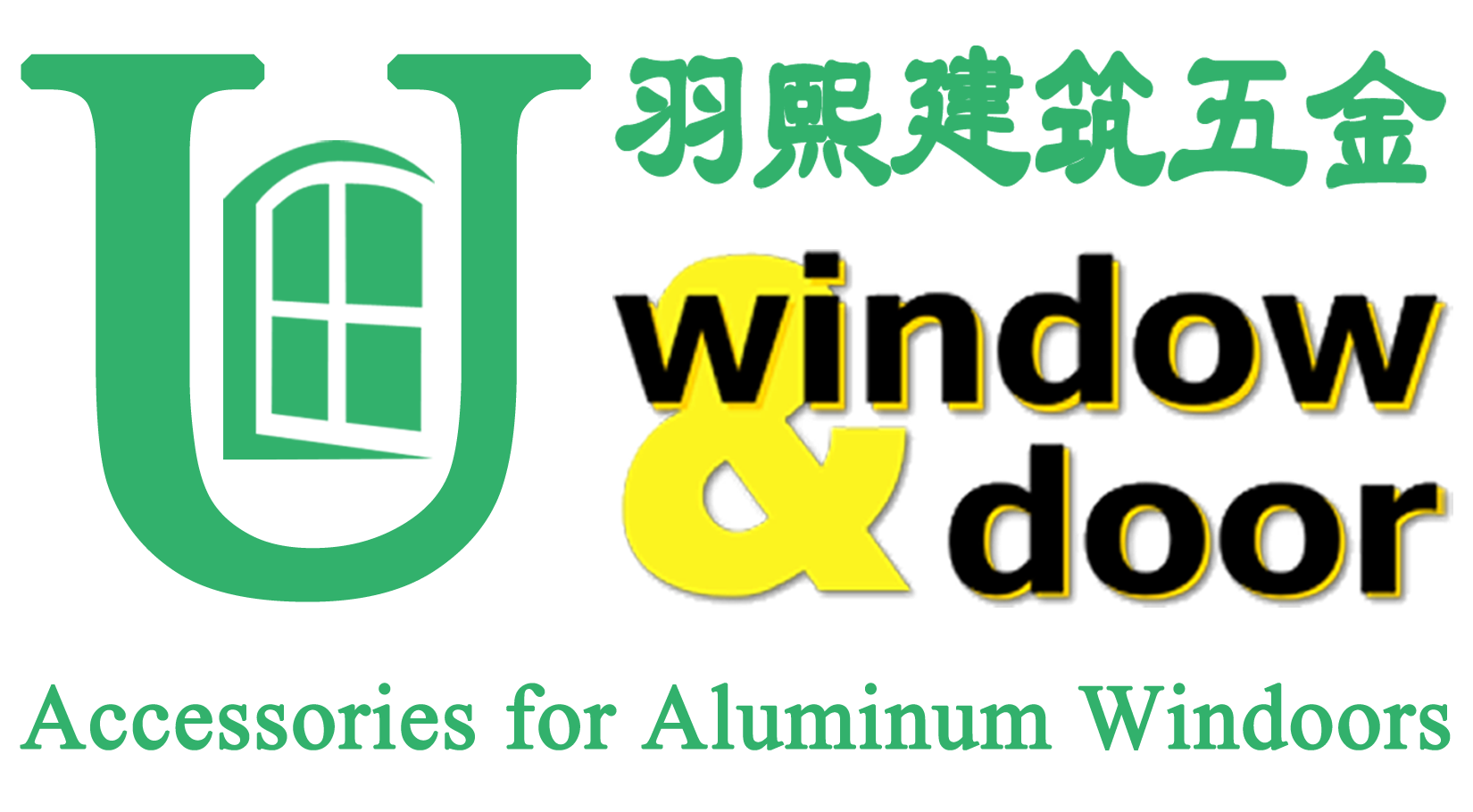The aluminum market has experienced notable fluctuations in recent weeks, driven by macroeconomic factors, supply-demand dynamics, and seasonal trends. As of early August 2025, aluminum prices have shown mixed performance, with aluminum ingot (A00) trading at around 20,490 RMB/ton, down 1.49% from the previous week, while LME aluminum hovered near $2,562.50/ton, reflecting broader market uncertainties. These price movements are influenced by several key factors:
1. Macroeconomic and Trade Factors
Trade Policy Shifts: The U.S. and EU have maintained existing tariffs on aluminum, while China's export policies remain stable. However, any escalation in trade tensions could disrupt supply chains and affect pricing.
Fed Rate Expectations: Weaker U.S. economic data has increased expectations of a 50-basis-point rate cut, weakening the dollar and providing some support for aluminum prices.
2. Supply and Inventory Pressures
Rising Domestic Stocks: Aluminum ingot inventories in China have increased to 487,000 tons, up 5.41% from late July, indicating weaker demand in the traditional off-season.
Production Stability: Despite the seasonal slowdown, China’s electrolytic aluminum production remains high at 372,140 tons/month, keeping supply abundant.
3. Demand-Side Weakness
Construction & Manufacturing Slowdown: The real estate sector continues to drag on demand, while automotive and appliance production has softened due to seasonal factors.
Photovoltaic Sector Dip: Solar panel demand, a key aluminum consumer, has also eased, further pressuring prices.
Impact on the Building Materials Industry
For door and window manufacturers, aluminum profile producers, and hardware suppliers, these market trends have several implications:
Cost Pressures for Aluminum-Based Products
Lower Ingot Prices May Reduce Input Costs: If aluminum prices remain subdued, manufacturers of aluminum profiles, window frames, and door accessories could see margin relief.
But Inventory Risks Linger: If demand does not rebound post-summer, excess stock could lead to discounting pressure on finished goods.
Supply Chain Adjustments
Import Dependency: Some Chinese firms may seek cheaper imported aluminum scrap (given U.S. tariff exemptions), but Thailand’s recycling permit suspension could tighten supply.
Localized Sourcing: Builders may prefer domestic suppliers to avoid trade-related disruptions.
Long-Term Industry Trends
Shift to Recycled Aluminum: With scrap prices rising, more manufacturers may adopt secondary aluminum to cut costs.
Policy-Driven Demand: If China’s housing stimulus measures materialize, a Q4 rebound in construction activity could boost aluminum demand.
Conclusion
While aluminum prices remain range-bound (20,000–21,000 RMB/ton), the building materials sector must navigate soft demand, high inventories, and potential policy shifts. Companies should monitor August’s inventory trends for signs of a seasonal recovery, while optimizing procurement strategies to mitigate cost volatility. For window and door manufacturers, this may mean locking in lower aluminum prices now before any potential Q4 rebound.


